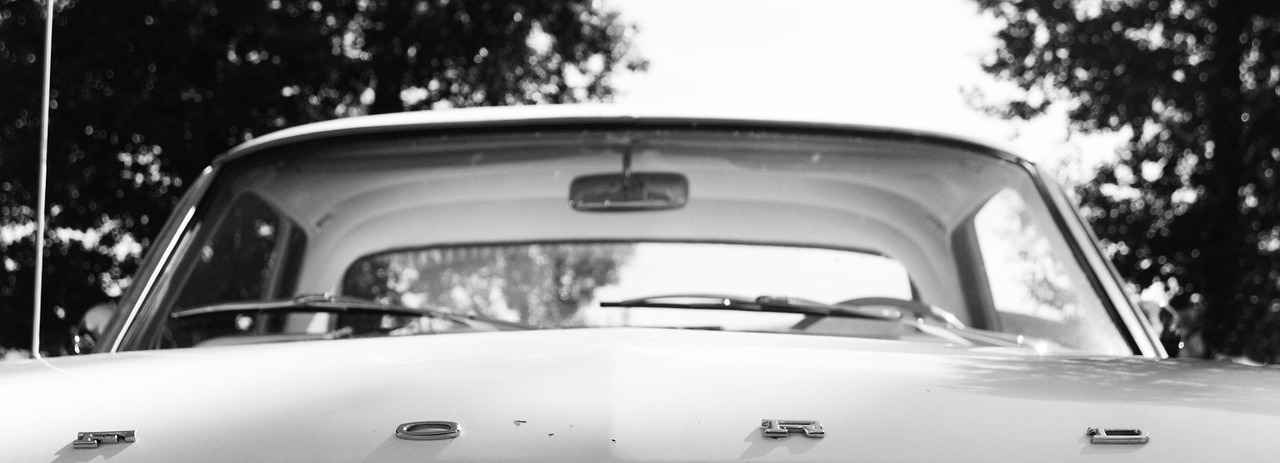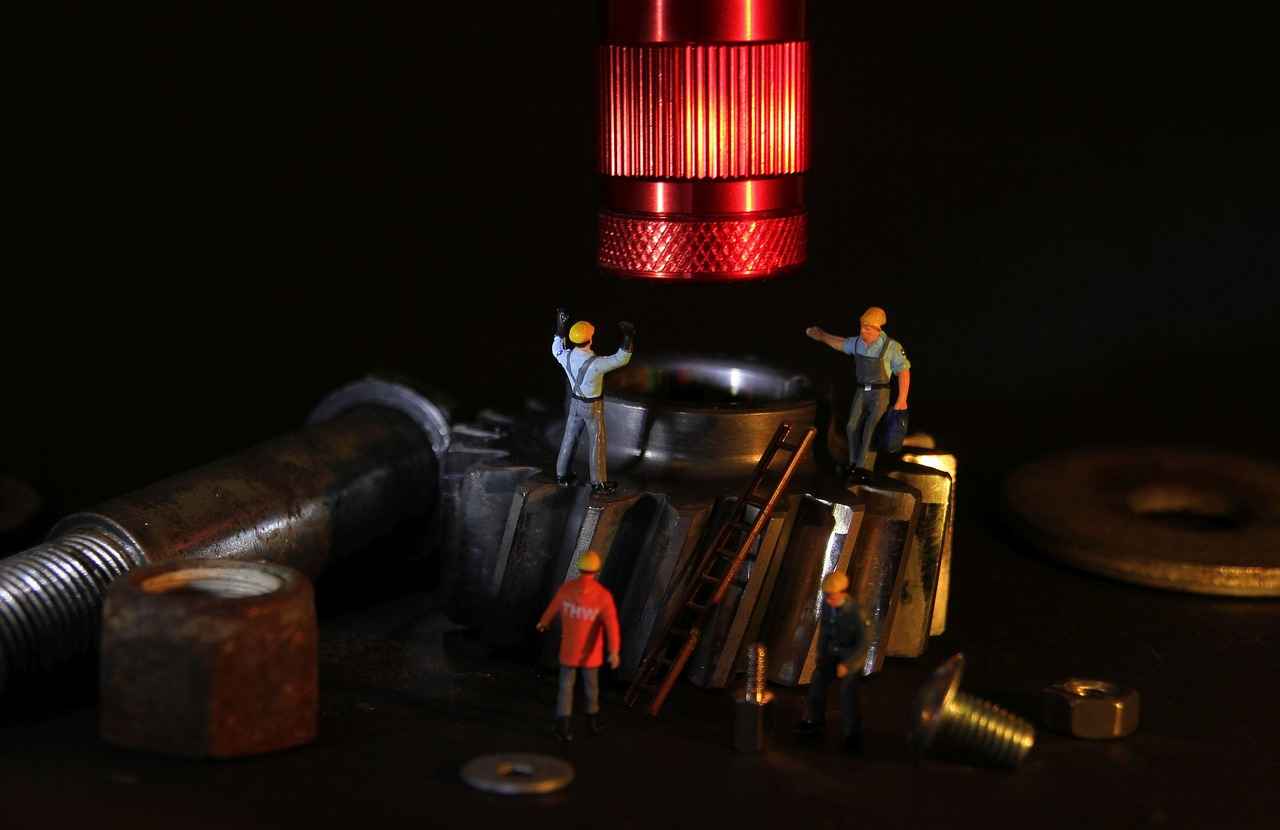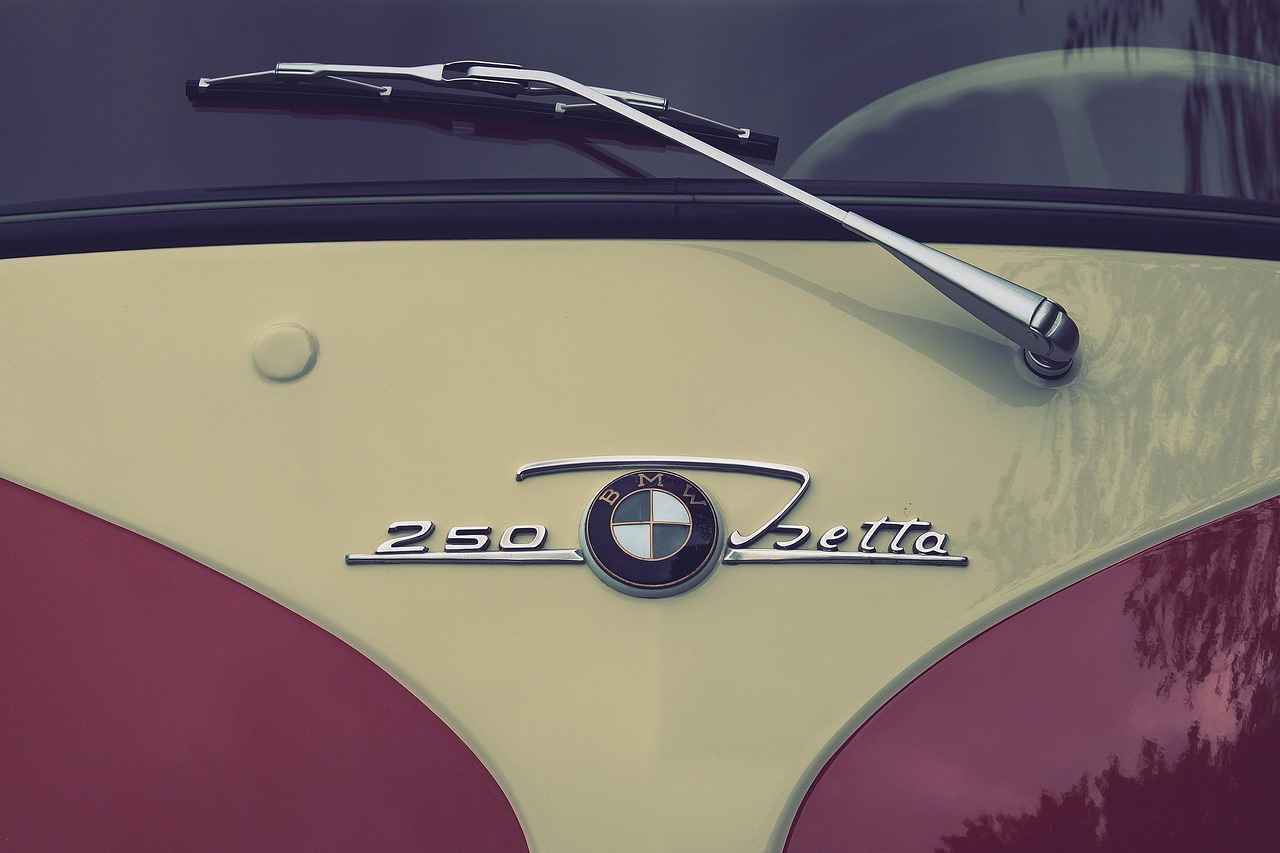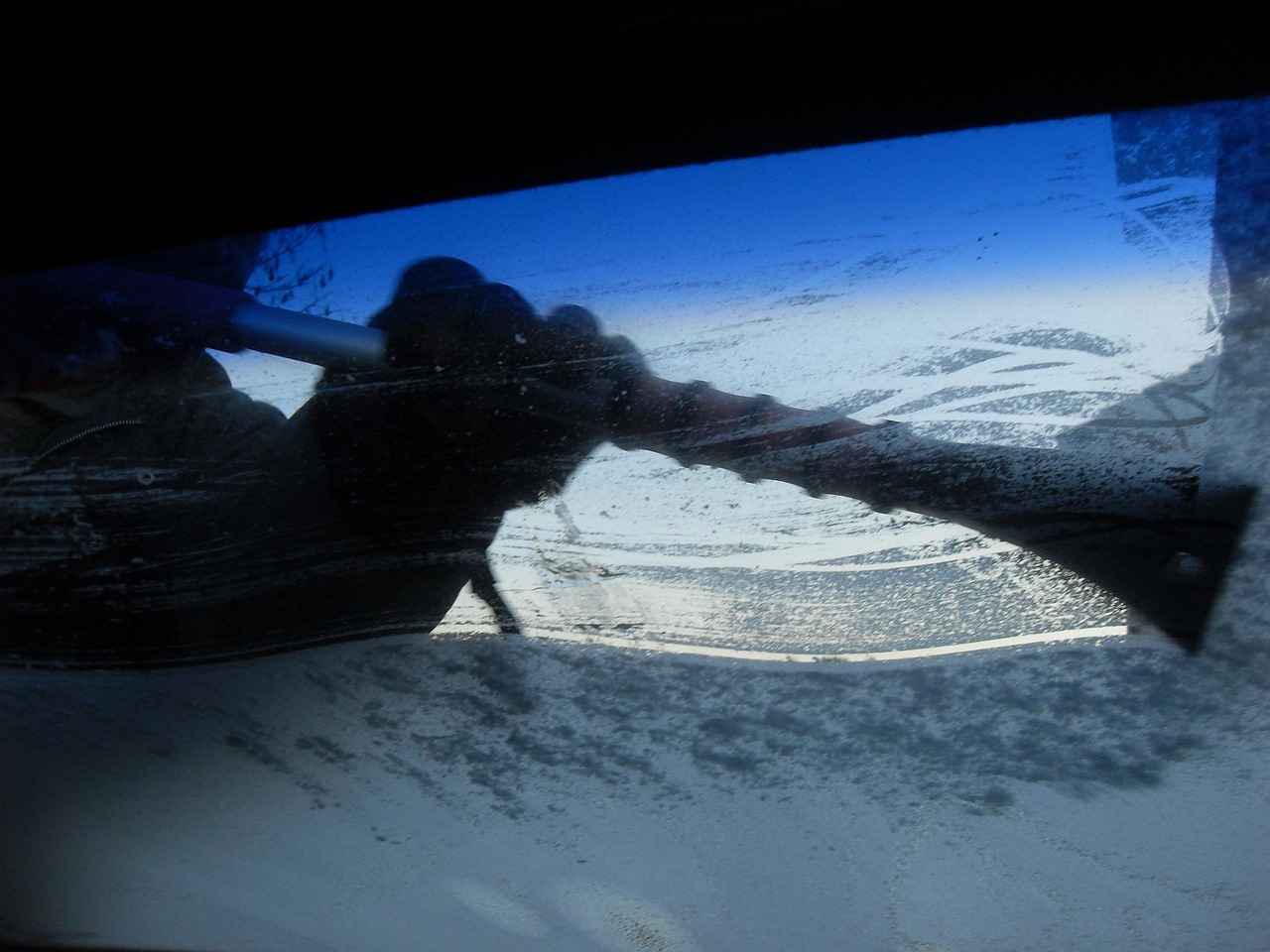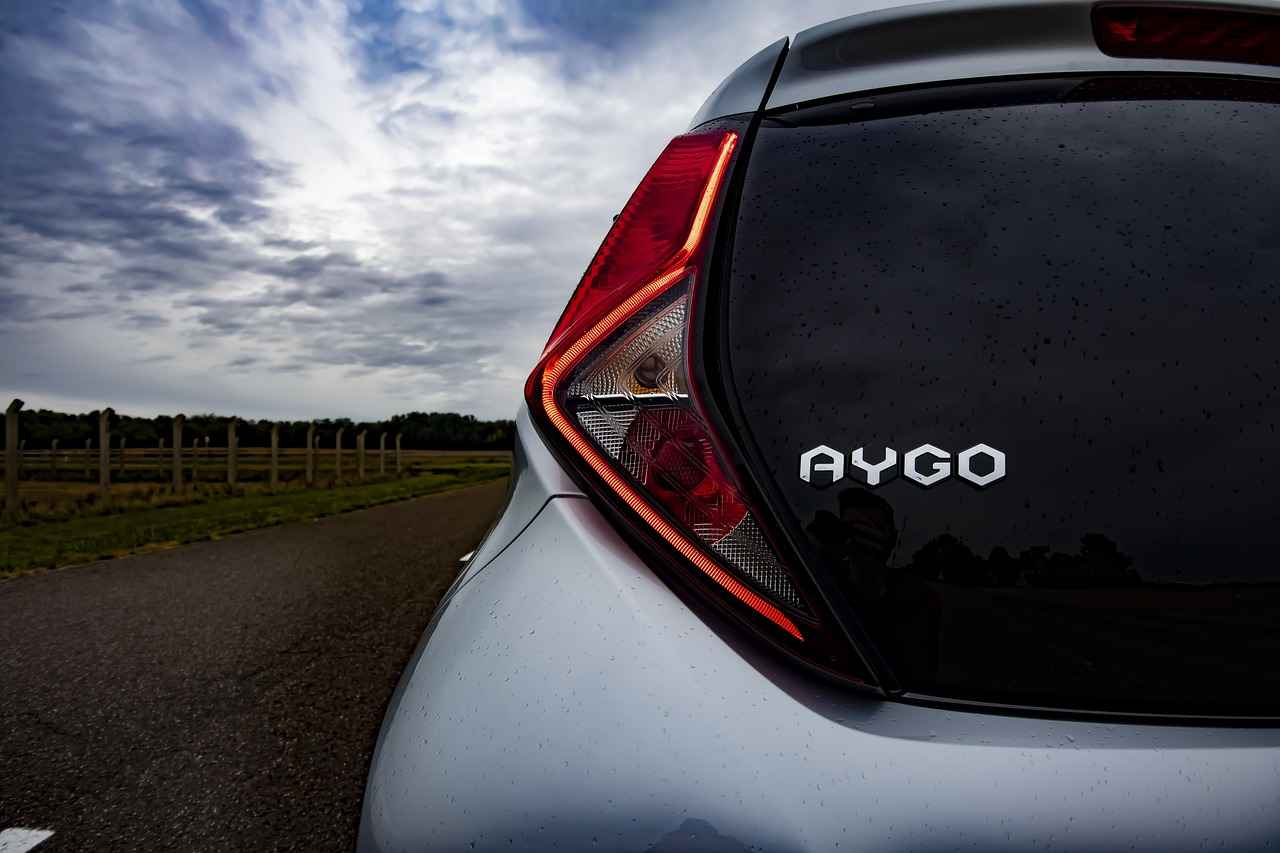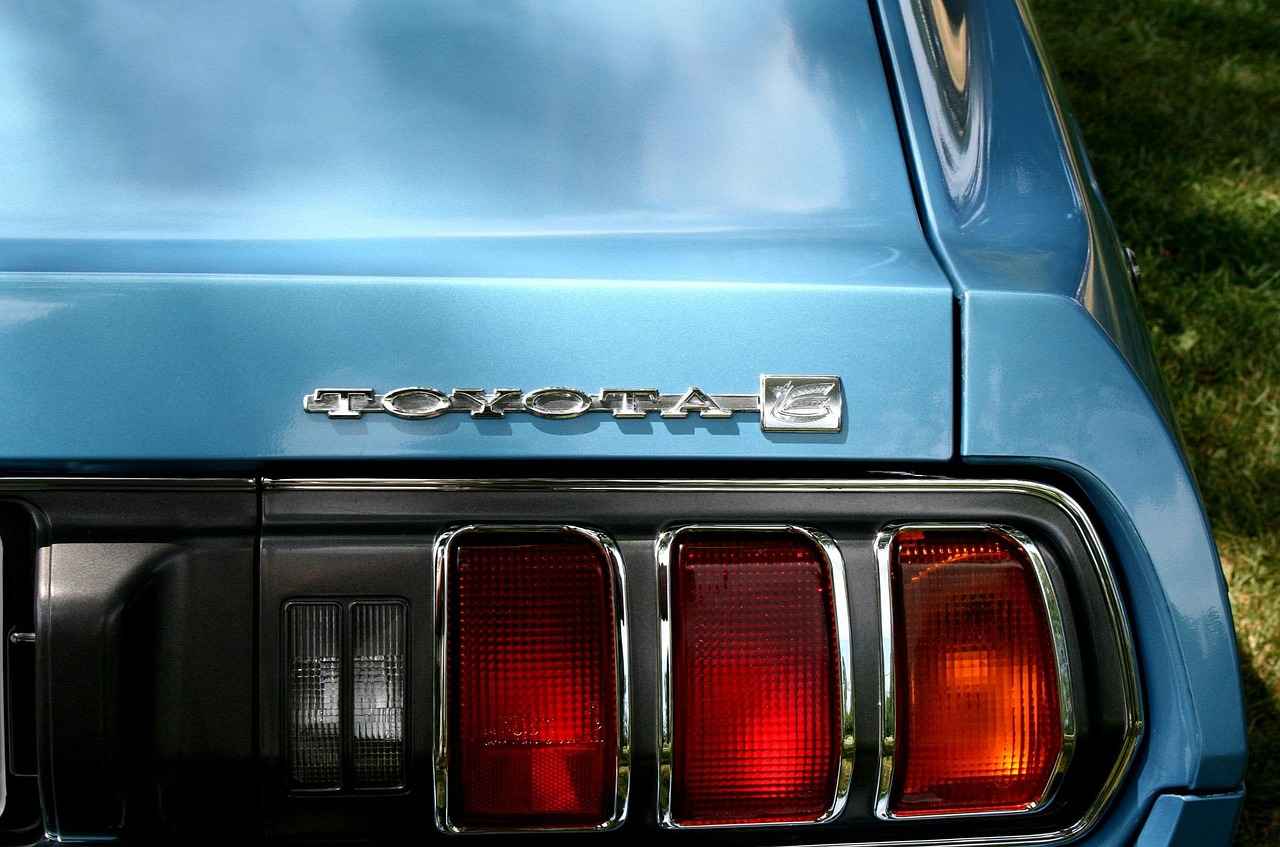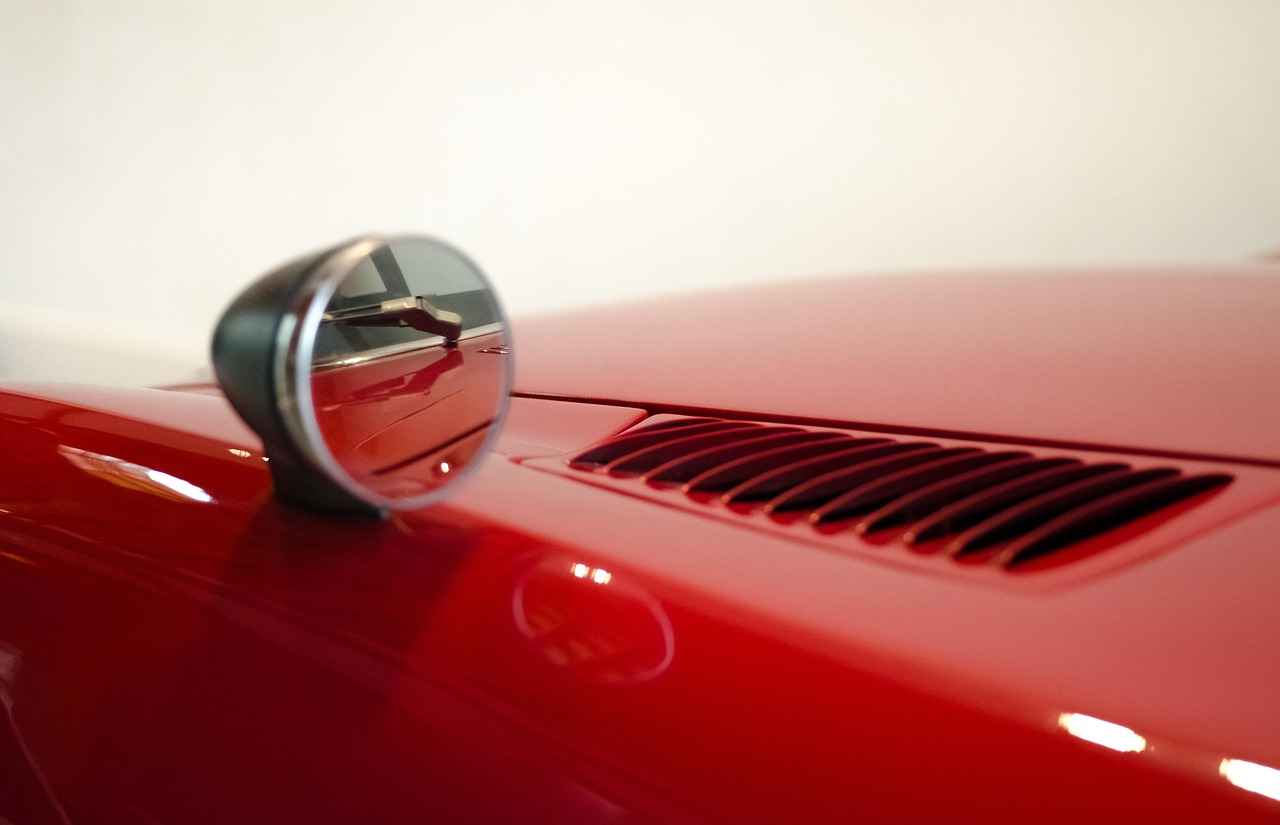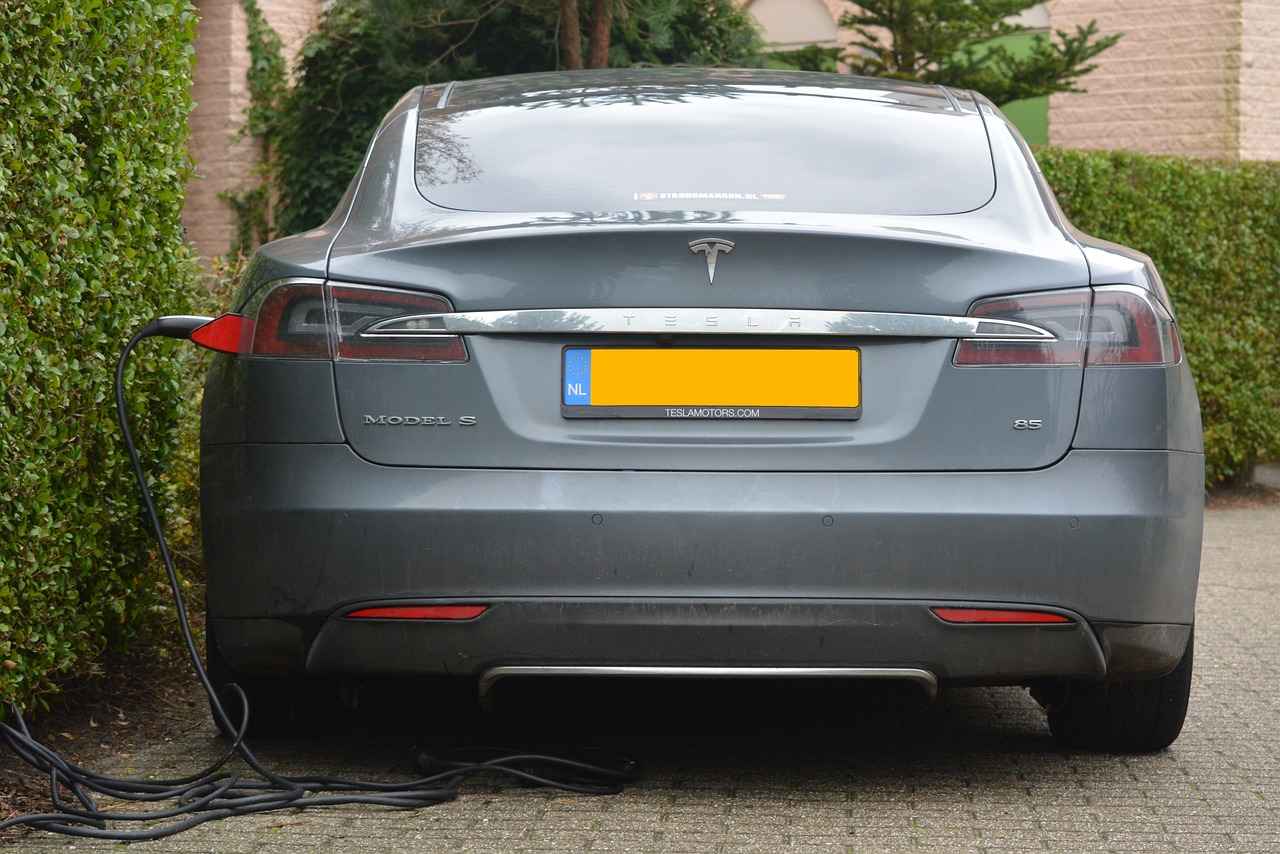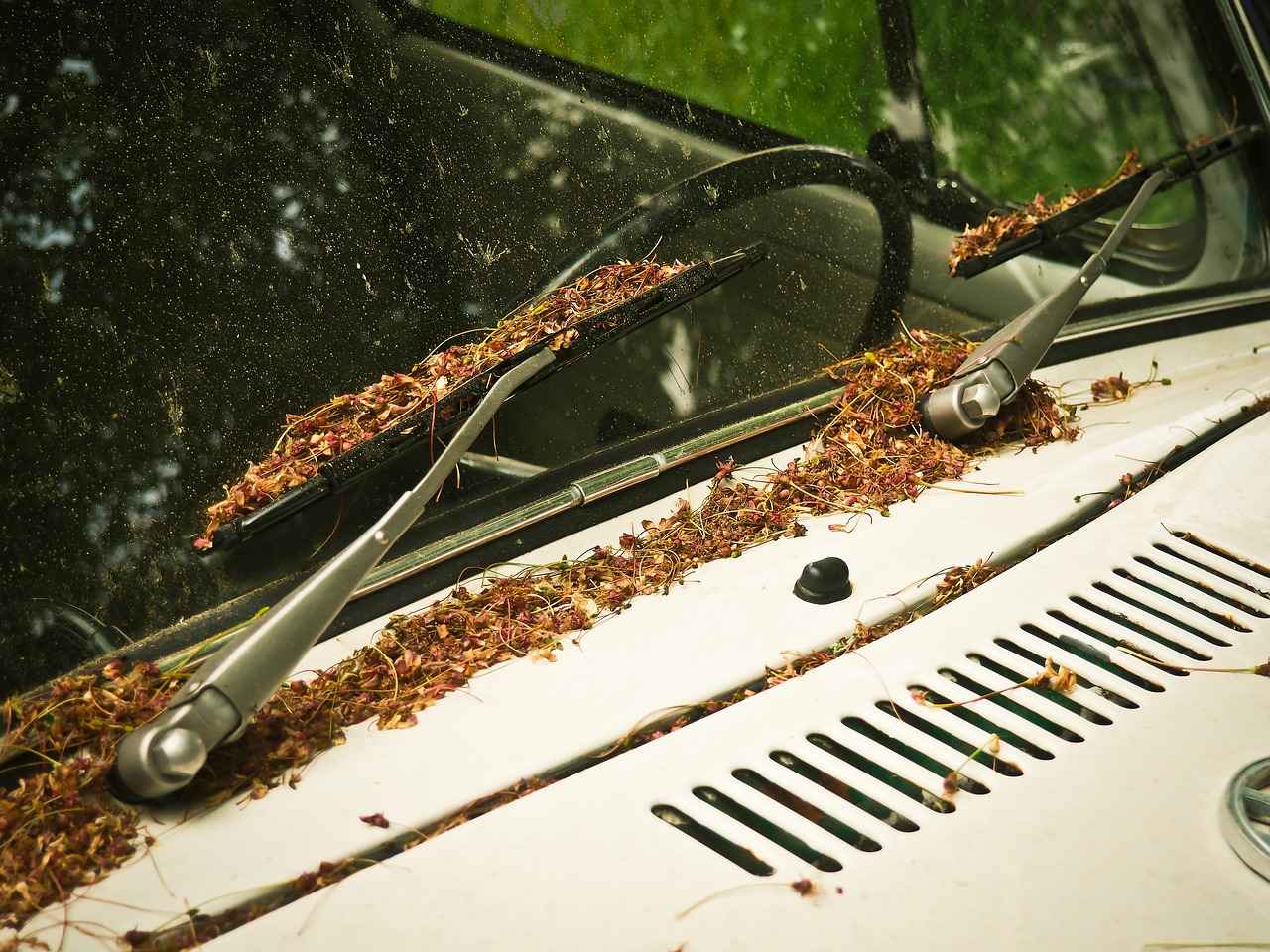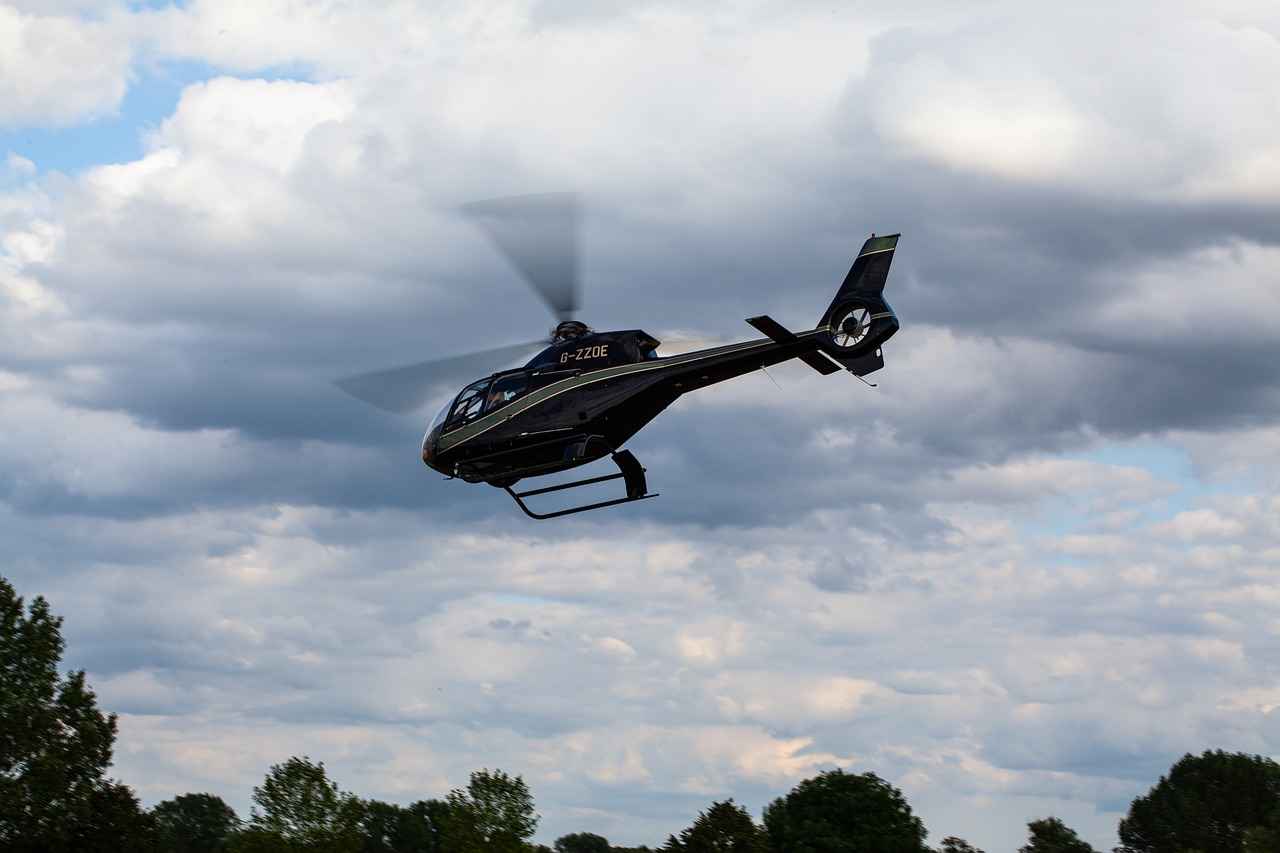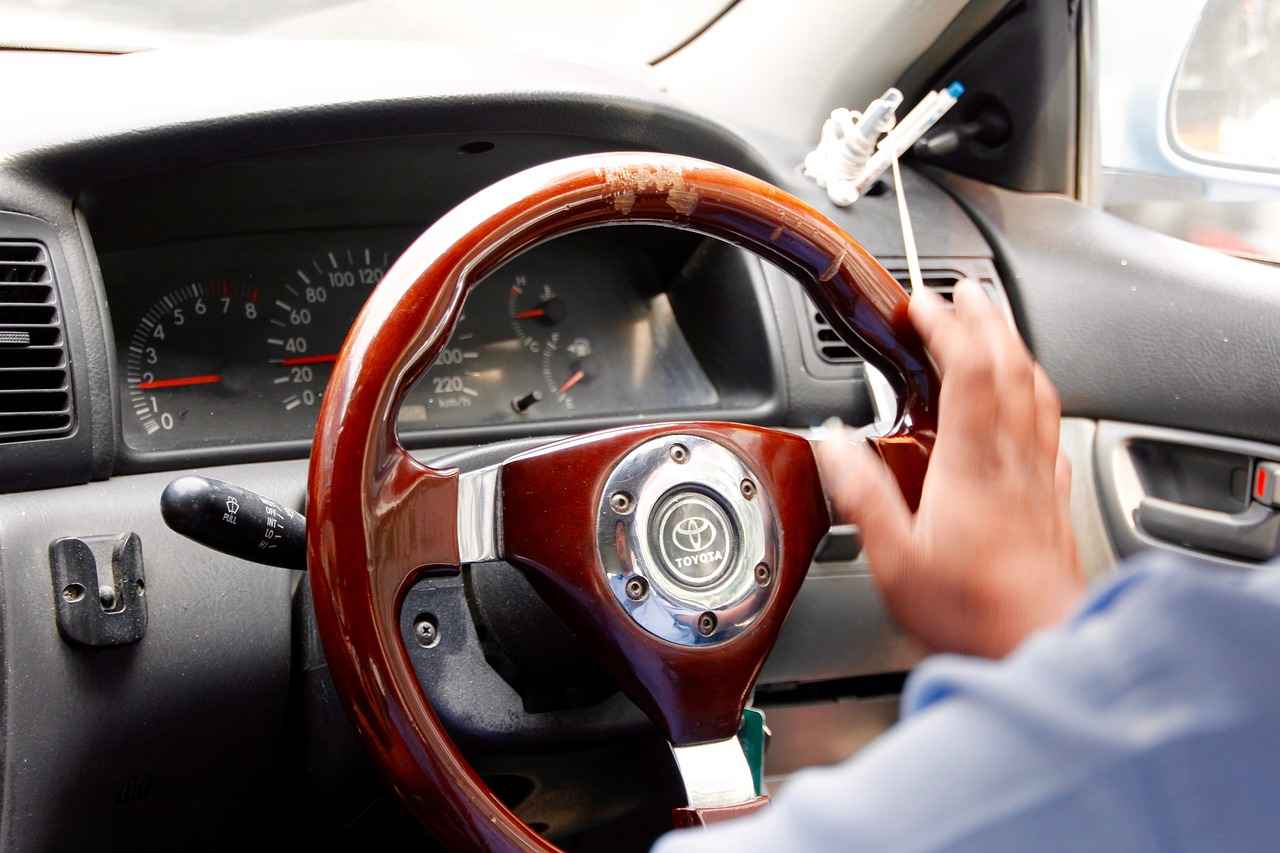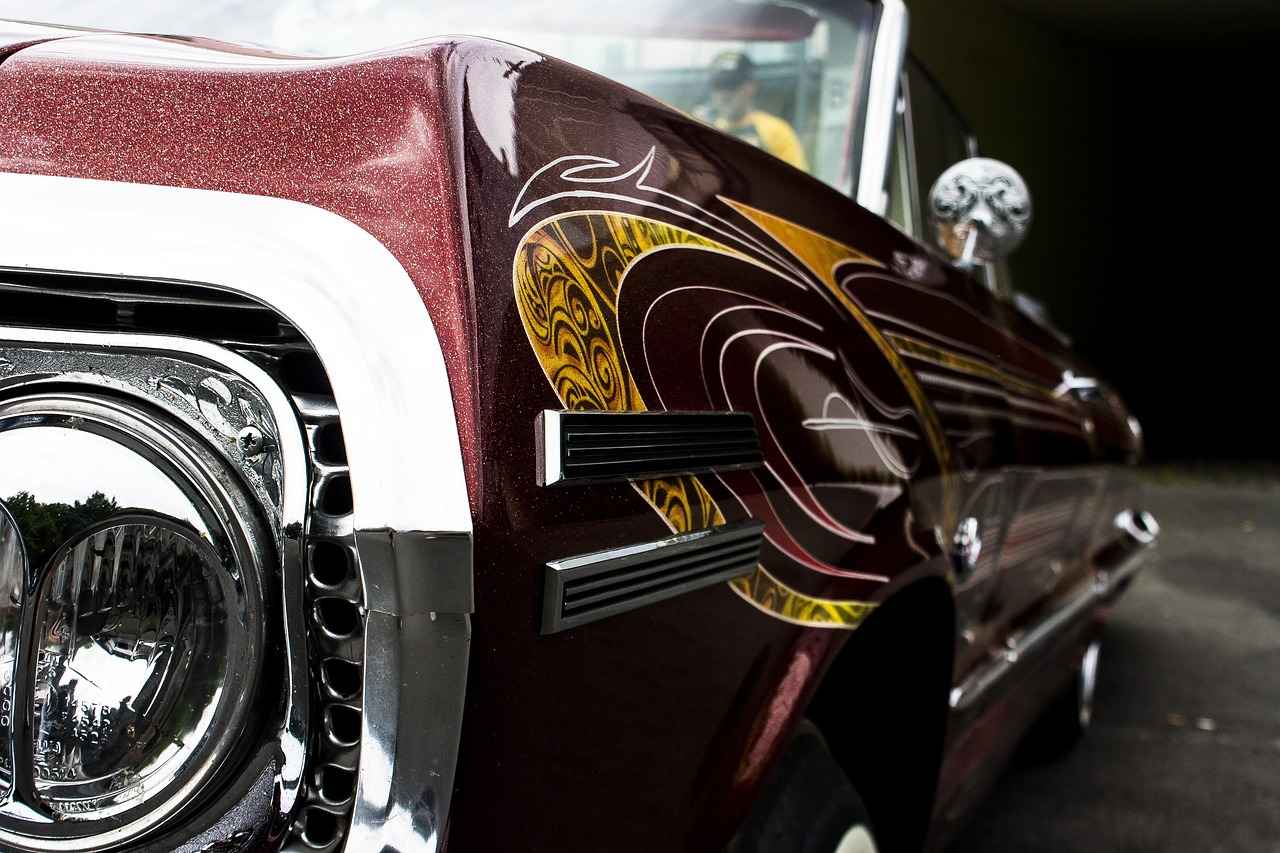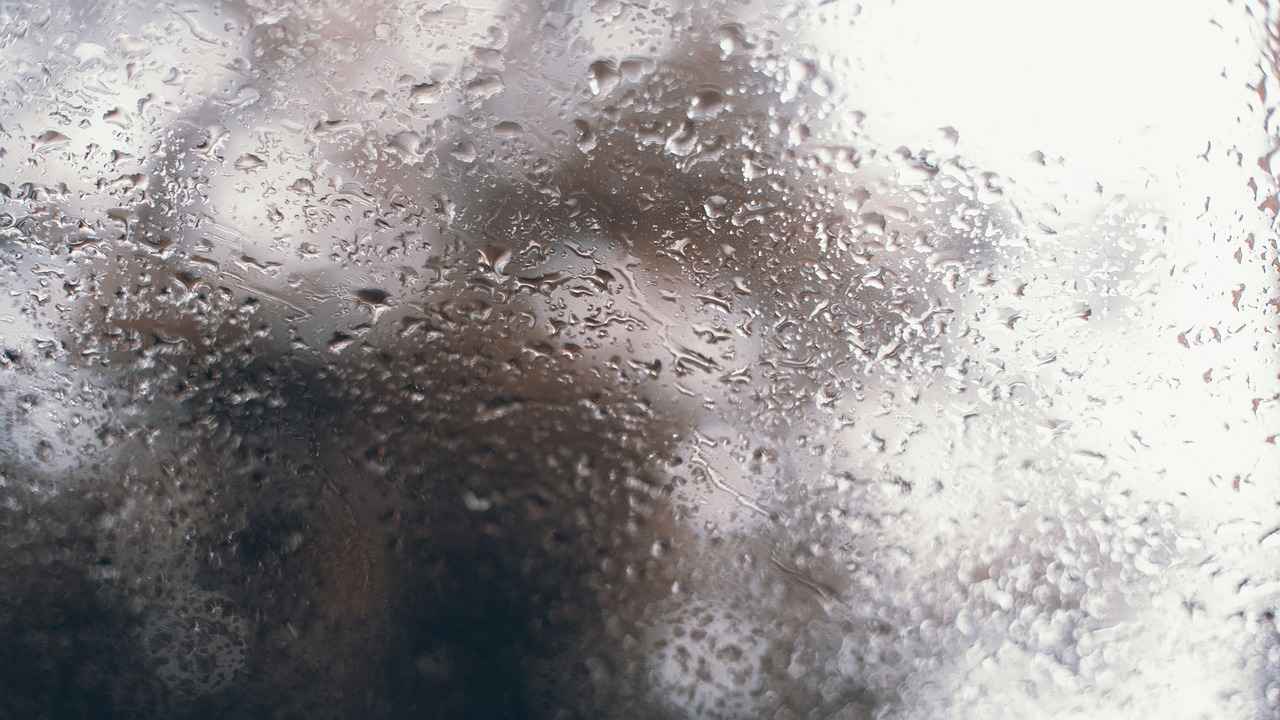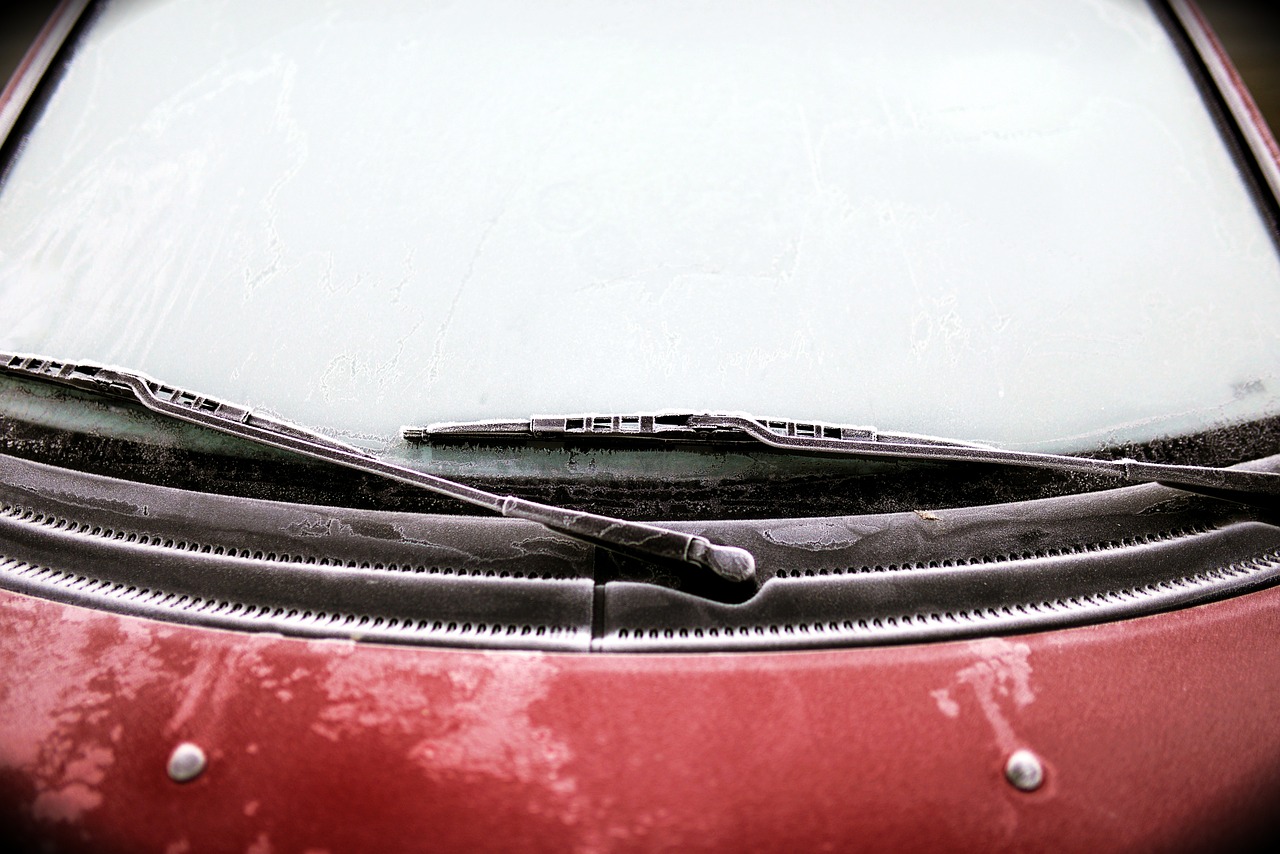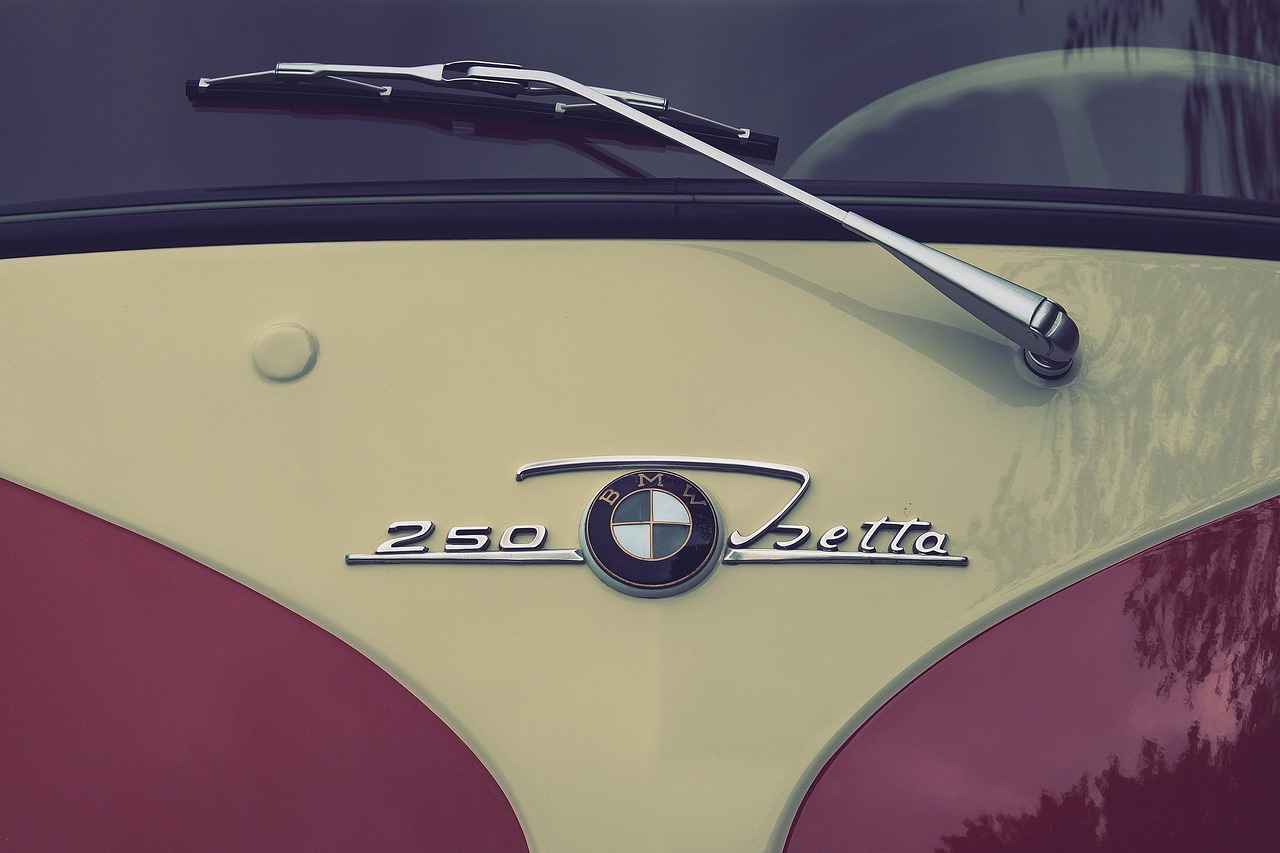Windshield wipers play a critical role in ensuring driver safety by providing clear visibility during adverse weather conditions. Regular maintenance of these essential components is often overlooked, yet it is vital for safe driving. This article delves into the significance of windshield wiper maintenance, emphasizing how frequently they should be replaced to maintain optimal safety while driving in various weather conditions.
Generally, windshield wipers should be replaced every 6 to 12 months. However, this can vary based on factors such as usage, climate, and the quality of the wiper blades. For instance, if you frequently drive in areas with heavy rainfall or extreme temperatures, it may be necessary to check and replace your wipers more often. Regular inspections can help ensure that they are functioning effectively, providing clear visibility during inclement weather.
- Streaking: If your wipers leave streaks on the windshield, it is a clear sign that they need replacement.
- Skipping: Wipers that skip across the glass rather than moving smoothly indicate wear and tear.
- Noisy Operation: Unusual sounds during operation can suggest that the wiper blades are worn out.
Yes, streaking can significantly impair visibility, particularly during rain. If your wipers leave streaks, it is crucial to replace them to ensure a clear view of the road ahead. Streaks can be caused by worn-out rubber blades or dirt on the windshield.
Wiper streaking can occur due to various factors, including:
- Worn-Out Rubber Blades: Over time, the rubber on wiper blades can deteriorate, leading to ineffective cleaning.
- Dirt and Debris: Accumulation of dirt on the windshield can hinder the wipers’ ability to clear water effectively.
- Malfunctioning Wiper Motor: A faulty motor can prevent the wipers from functioning smoothly.
Cleaning your windshield wipers is a simple yet effective maintenance step. Use a soft cloth and a suitable windshield cleaner to gently wipe the blades. This not only removes debris but also enhances their performance, potentially extending their lifespan.
Absolutely. If your wipers skip across the windshield instead of moving smoothly, it indicates that they are worn out. This can compromise safety during rain or snow, making immediate replacement essential.
Yes, extreme weather conditions can significantly impact the lifespan of your windshield wipers. Factors such as sun exposure, heavy rainfall, and freezing temperatures can all contribute to accelerated wear and tear.
Prolonged exposure to sunlight can cause the rubber on wipers to dry out and crack, reducing their effectiveness. To mitigate this issue, consider parking in shaded areas whenever possible.
Cold temperatures can cause wiper blades to freeze to the windshield, leading to damage when attempting to operate them. Utilizing winter wiper blades can provide better performance and durability in these harsh conditions.
In summary, maintaining your windshield wipers is essential for safety on the road. Regular inspections, timely replacements, and proper care can ensure that you have a clear view during all weather conditions. Remember, visibility is key to safe driving, so don’t overlook your wiper maintenance!

How Often Should You Replace Windshield Wipers?
When it comes to ensuring maximum safety while driving, one of the most overlooked components of vehicle maintenance is the windshield wipers. These essential tools are crucial for maintaining clear visibility during adverse weather conditions. But how often should you replace windshield wipers for optimal performance? Understanding the factors influencing wiper lifespan can help you make informed decisions.
Generally, it is recommended to replace your windshield wipers every 6 to 12 months. However, this timeline can vary significantly based on several factors:
- Usage: If you frequently drive in rainy or snowy conditions, your wipers may wear out faster.
- Environmental Conditions: Extreme temperatures, whether hot or cold, can accelerate wear and tear.
- Quality of Wipers: Higher-quality wipers often last longer than cheaper alternatives.
Regular inspections are essential to ensure the wipers are functioning effectively. This not only provides clear visibility but also enhances your overall safety on the road.
Being aware of the signs that your windshield wipers need replacement is crucial for maintaining safety. Here are some key indicators:
- Streaking: If your wipers leave streaks on the windshield, it indicates that the rubber blades are worn out.
- Skipping: Wipers that skip or jump during operation are a sign of wear and may need immediate replacement.
- Noises: Unusual sounds, such as squeaking or grinding, can indicate that the wipers are not functioning properly.
Yes, streaking can severely impair visibility. If your wipers are leaving streaks, it’s time for a replacement to ensure a clear view of the road ahead, especially during rain or snow.
Wiper streaking can be caused by several factors:
- Worn-out Rubber Blades: Over time, the rubber can degrade, leading to ineffective wiping.
- Dirt on the Windshield: A dirty windshield can also contribute to streaking, as debris interferes with the wiper’s contact with the glass.
- Malfunctioning Wiper Motor: If the motor is not functioning correctly, it can affect the wiper’s movement.
Cleaning your windshield wipers can help prolong their lifespan. Here’s how to do it:
1. Use a soft cloth or sponge.2. Apply windshield cleaner or a mixture of vinegar and water.3. Wipe the blades thoroughly to remove debris.4. Dry them with a clean cloth.
Absolutely! Weather conditions can significantly impact the lifespan of your windshield wipers:
- Sun Exposure: Prolonged exposure to sunlight can dry out and crack the rubber, reducing effectiveness.
- Cold Weather: In freezing temperatures, wiper blades can freeze to the windshield, leading to potential damage.
Cold temperatures can make wiper blades less effective. Using winter wiper blades, which are designed to handle icy conditions, can improve performance significantly.
In summary, regular maintenance and timely replacement of windshield wipers are vital for ensuring safe driving in all weather conditions. By being proactive and attentive to the signs of wear, you can enhance your visibility and overall road safety.
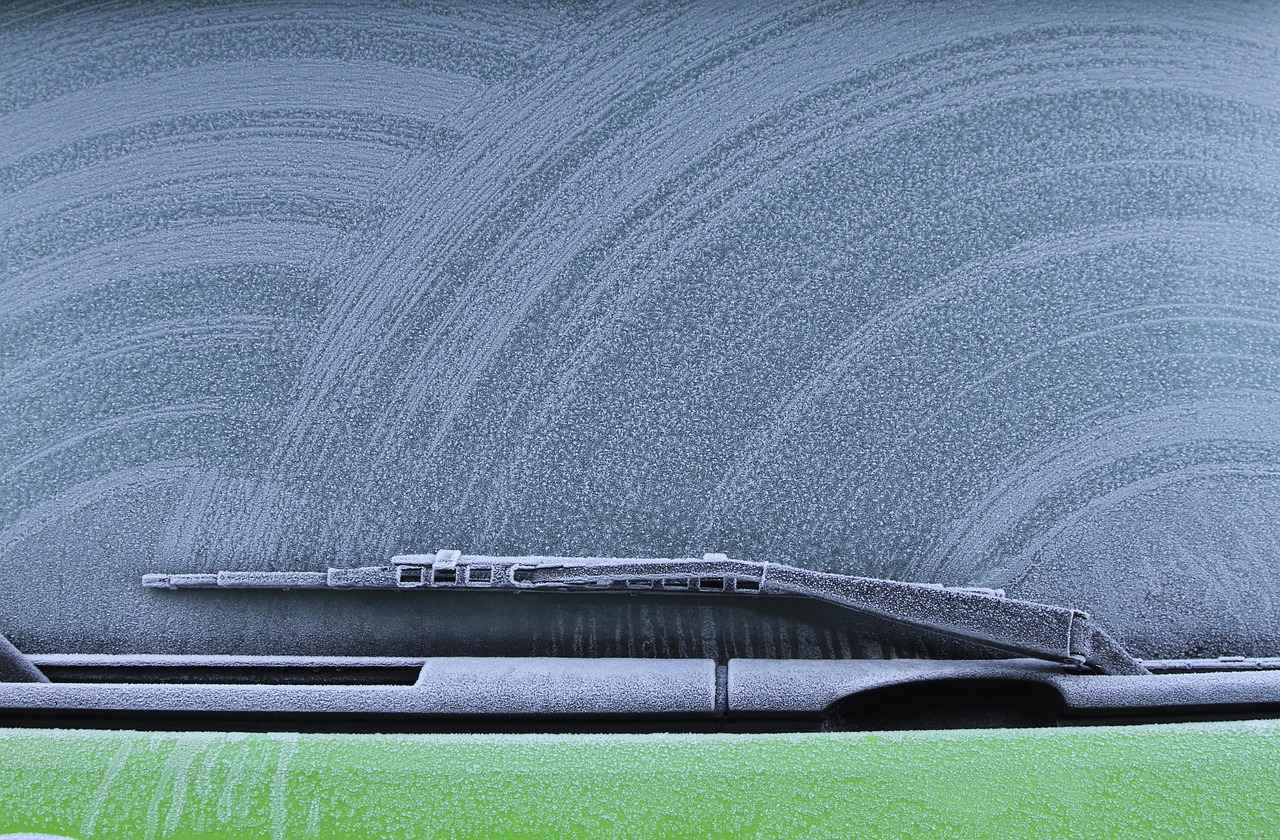
What Signs Indicate Wiper Replacement is Necessary?
When it comes to ensuring a safe driving experience, windshield wipers play an essential role. They are your first line of defense against rain, snow, and debris, providing you with clear visibility. However, just like any other component of your vehicle, wipers can wear out over time. Understanding the signs that indicate wiper replacement is necessary is crucial for maintaining safety on the road.
Recognizing the signs that your wipers need replacement is vital for safe driving. Here are some key indicators to watch for:
- Streaking on the Windshield: If your wipers leave streaks or smudges on the glass, this is a clear sign that they are no longer effective. Streaking can severely impair visibility, especially during heavy rain or when driving into the sun.
- Skipping or Chattering: If your wipers skip across the windshield instead of gliding smoothly, it indicates that the rubber blades are worn or damaged. This skipping can lead to dangerous situations if not addressed promptly.
- Unusual Noises: Listen for any strange sounds when your wipers are in use. Squeaking or squealing noises can be a sign of worn-out blades that need to be replaced.
- Cracks or Tears: Inspect your wiper blades regularly for any visible damage. Cracks, tears, or chunks missing from the rubber indicate that the wipers need to be replaced immediately.
- Reduced Performance in Rain: If you notice that your wipers are struggling to clear water effectively, it’s time to consider replacement. Effective wipers should create a clear path on the windshield.
Regular inspections of your wipers can prevent these issues from escalating. It is advisable to check your wipers at least once a month, especially during seasonal changes when weather conditions fluctuate.
Generally, windshield wipers should be replaced every 6 to 12 months, depending on factors such as climate, usage, and maintenance. For those living in areas with extreme weather conditions, more frequent replacements may be necessary. For example, harsh winters can lead to faster wear due to ice and snow, while intense sunlight can dry out the rubber.
Yes, weather conditions significantly impact the lifespan of your windshield wipers. Prolonged exposure to sunlight can cause the rubber to crack and degrade, while cold temperatures can lead to the blades freezing to the windshield. To mitigate these effects, consider parking in shaded areas during hot weather and using winter-specific wipers during colder months.
Proper maintenance can extend the life of your windshield wipers. Here are some effective strategies:
- Regular Cleaning: Clean your wiper blades with a soft cloth and a mixture of vinegar and water. This removes dirt and debris that can affect performance.
- Inspect for Damage: Periodically check your wipers for any signs of wear and tear, and replace them as necessary.
- Use Quality Products: Invest in high-quality wiper blades that are designed for your specific vehicle and local weather conditions.
By being proactive and recognizing the signs of wear, you can ensure that your windshield wipers are always in optimal condition. This not only enhances your visibility but also contributes to your overall safety while driving.
Are Streaks on the Windshield a Warning Sign?
When driving, maintaining clear visibility is paramount for safety. One of the most common issues that drivers face is streaking on their windshields, particularly during rainy weather. Streaks can significantly impair your ability to see the road clearly, which can lead to dangerous driving conditions. If you notice your windshield wipers leaving streaks, it is a clear indication that they may need to be replaced.
What Causes Streaking on Windshields?
- Worn-out Wiper Blades: Over time, the rubber on wiper blades can become hard and cracked, leading to ineffective cleaning.
- Dirty Windshield: Accumulated dirt and grime can hinder the wipers’ ability to clear the glass properly.
- Improper Installation: If wipers are not installed correctly, they may not make proper contact with the windshield, resulting in streaks.
- Environmental Factors: Extreme weather conditions can affect wiper performance. For example, UV rays can degrade rubber, while ice can freeze wipers in place.
Why Is It Important to Address Streaking?
Ignoring streaks can lead to serious safety hazards. Reduced visibility during rain can make it difficult to see other vehicles, pedestrians, and road signs. This can increase the risk of accidents. Moreover, streaking can also indicate that your wipers are not functioning at their best, which is especially concerning during sudden weather changes.
How to Resolve Streaking Issues?
- Inspect Wiper Blades: Regularly check your wiper blades for signs of wear and tear. If they appear cracked or misshapen, it’s time for a replacement.
- Clean Your Windshield: Use a quality windshield cleaner and a soft cloth to keep your glass free from dirt and debris that can contribute to streaking.
- Replace Wiper Blades: If cleaning does not resolve the issue, consider replacing your wiper blades. It is generally recommended to do this every 6 to 12 months, depending on usage and environmental conditions.
Can Streaks Signal Other Problems?
Yes, streaks can sometimes indicate underlying issues beyond just worn-out wiper blades. For instance, a malfunctioning wiper motor may cause irregular movement, leading to ineffective cleaning. Additionally, if your windshield is damaged or has chips, this can also contribute to visibility problems. Regular maintenance checks can help identify these issues early.
Final Thoughts
In conclusion, if you notice streaking on your windshield, take it seriously. It is not just a minor inconvenience but a potential safety risk. By regularly maintaining your wipers and ensuring they are in good condition, you can significantly enhance your visibility and safety on the road. Remember, clear visibility is essential for safe driving, particularly in adverse weather conditions.
What Causes Wiper Streaking?
Windshield wipers are essential for maintaining visibility during adverse weather conditions. However, when they start to leave streaks on your windshield, it can be both frustrating and dangerous. Understanding the causes of wiper streaking is crucial for ensuring your safety on the road. In this section, we will delve into the common reasons behind wiper streaking and how to address them effectively.
Wiper streaking can significantly hinder your visibility, especially during rain or snow. The primary factors contributing to this issue include:
- Worn-out Rubber Blades: Over time, the rubber on wiper blades can become brittle and cracked due to exposure to the elements. When this happens, the blades fail to make proper contact with the windshield, resulting in streaks.
- Contaminants on the Windshield: Dirt, grime, and other debris can accumulate on your windshield, preventing the wipers from functioning effectively. Even small particles can cause the blades to skip or leave streaks behind.
- Malfunctioning Wiper Motor: If the wiper motor is not functioning correctly, it may not provide the necessary power for the blades to move smoothly across the glass. This can lead to inconsistent wiping and streaking.
- Improper Wiper Blade Installation: If wiper blades are not installed correctly, they may not sit flush against the windshield. This misalignment can cause uneven wiping and result in streaks.
Regular maintenance is key to preventing wiper streaking. Here are some practical tips:
- Regular Cleaning: Clean your windshield regularly with a suitable glass cleaner and a microfiber cloth. This will help remove dirt and grime that can affect wiper performance.
- Inspect Wiper Blades: Regularly check your wiper blades for signs of wear and tear. If you notice any cracks or deterioration, it’s time to replace them.
- Use Quality Wiper Blades: Invest in high-quality wiper blades that are designed to last longer and perform better. Look for blades that are rated highly for durability and effectiveness.
- Keep the Windshield Clear: In winter, ensure that ice and snow are cleared from your windshield before using the wipers. This will prevent damage to both the blades and the windshield.
If you notice that your wipers are streaking, take action immediately to ensure your safety:
- Clean the Blades: Use a soft cloth and windshield cleaner to wipe down the rubber blades. This can often resolve minor streaking issues caused by dirt.
- Replace Worn Blades: If cleaning does not help, consider replacing the wiper blades. It’s generally recommended to replace them every 6 to 12 months.
- Check the Wiper Motor: If streaking persists, have a professional inspect the wiper motor to ensure it’s functioning properly.
By understanding the causes of wiper streaking and taking proactive measures, you can maintain clear visibility and ensure a safer driving experience. Regular maintenance not only prolongs the life of your wipers but also enhances your overall safety on the road.
How to Clean Wiper Blades Effectively?
Maintaining your windshield wipers is essential for ensuring clear visibility while driving. One of the simplest yet most effective maintenance tasks is cleaning your wiper blades. Regular cleaning can help remove dirt, grime, and other debris that can hinder their performance. In this article, we will explore how to clean wiper blades effectively and the benefits of doing so.
Windshield wipers play a critical role in your vehicle’s safety. When they are dirty, they can leave streaks on your windshield, obstructing your view. Cleaning your wiper blades not only improves their performance but also extends their lifespan, reducing the need for frequent replacements.
- Soft cloth or paper towels – to avoid scratching the blades.
- Windshield cleaner – a specialized cleaner or a mixture of water and vinegar can work well.
- Bucket of water – for rinsing the blades if needed.
1. Lift the wiper arms away from the windshield.2. Spray the windshield cleaner directly onto the wiper blades.3. Use the soft cloth or paper towel to wipe the blades from top to bottom.4. Ensure to remove any residue or debris.5. Once clean, lower the wiper arms back to their original position.
It is recommended to clean your wiper blades at least once a month, especially if you live in areas with harsh weather conditions. Regular cleaning can help prevent buildup that might impair their function.
- Improved visibility: Clean blades provide a clearer view during rain or snow.
- Extended lifespan: Regular maintenance can help your wipers last longer.
- Cost-effective: Keeping wipers clean can reduce the frequency of replacements.
While cleaning your wiper blades, avoid using harsh chemicals or abrasive materials, as these can damage the rubber and reduce their effectiveness. Stick to gentle cleaners and soft cloths for the best results.
While some household cleaners may seem effective, they can contain ingredients that may deteriorate the rubber over time. It’s best to use products specifically designed for automotive use to ensure the longevity of your wipers.
In summary, cleaning your windshield wipers is a simple yet crucial maintenance step. By investing just a few minutes each month, you can enhance your driving safety and prolong the life of your wiper blades. Regular maintenance not only ensures optimal performance but also contributes to a safer driving experience.
Is Skipping a Sign of Wiper Wear?
When it comes to maintaining your vehicle, one of the most crucial yet often overlooked components is the windshield wipers. These devices play a vital role in ensuring clear visibility during adverse weather conditions. A common issue that many drivers face is when their wipers begin to skip across the windshield instead of moving smoothly. This is not just an annoying occurrence; it is a clear indicator that your wipers are in need of immediate attention.
If your windshield wipers are skipping, it typically means that the rubber blades have become worn or damaged. This wear can result from several factors including exposure to harsh weather, UV rays, or simply the passage of time. When wipers fail to make proper contact with the glass, they can leave streaks or fail to clear water effectively, which can severely compromise your visibility.
Driving with ineffective windshield wipers can significantly increase the risk of accidents, especially in rainy or snowy conditions. The inability to see clearly can hinder your reaction time and decision-making on the road. Therefore, addressing wiper issues promptly is essential for maximum safety.
In addition to skipping, there are several other signs that indicate your windshield wipers may need replacement:
- Streaking: If your wipers leave streaks on the windshield, it’s time for a replacement.
- Noisy Operation: Unusual sounds such as squeaking or grinding can indicate wear.
- Cracks or Tears: Visually inspect the rubber blades for any visible damage.
- Age: If your wipers are over six months old, consider replacing them as a precaution.
Wiper skipping can occur due to several reasons:
- Worn Rubber: Over time, the rubber can lose its flexibility and grip.
- Debris on the Windshield: Dirt or grime can prevent the blades from making full contact.
- Improper Installation: If wipers are not installed correctly, they may not function as intended.
Regular maintenance can extend the life of your windshield wipers and ensure they perform effectively:
- Clean the Blades: Use a soft cloth and windshield cleaner to remove debris.
- Inspect Regularly: Check your wipers every few months for any signs of wear.
- Replace When Necessary: Don’t wait for skipping or streaking to occur; replace them proactively.
Absolutely! Extreme weather conditions can accelerate the wear and tear of windshield wipers. For example:
- Sun Exposure: UV rays can cause the rubber to dry out and crack.
- Cold Weather: Freezing temperatures can lead to blades sticking to the glass.
In conclusion, recognizing the signs of wiper wear, such as skipping, is crucial for maintaining safety on the road. Regular inspections and timely replacements can help ensure that your windshield wipers function effectively, providing you with a clear view in all weather conditions.
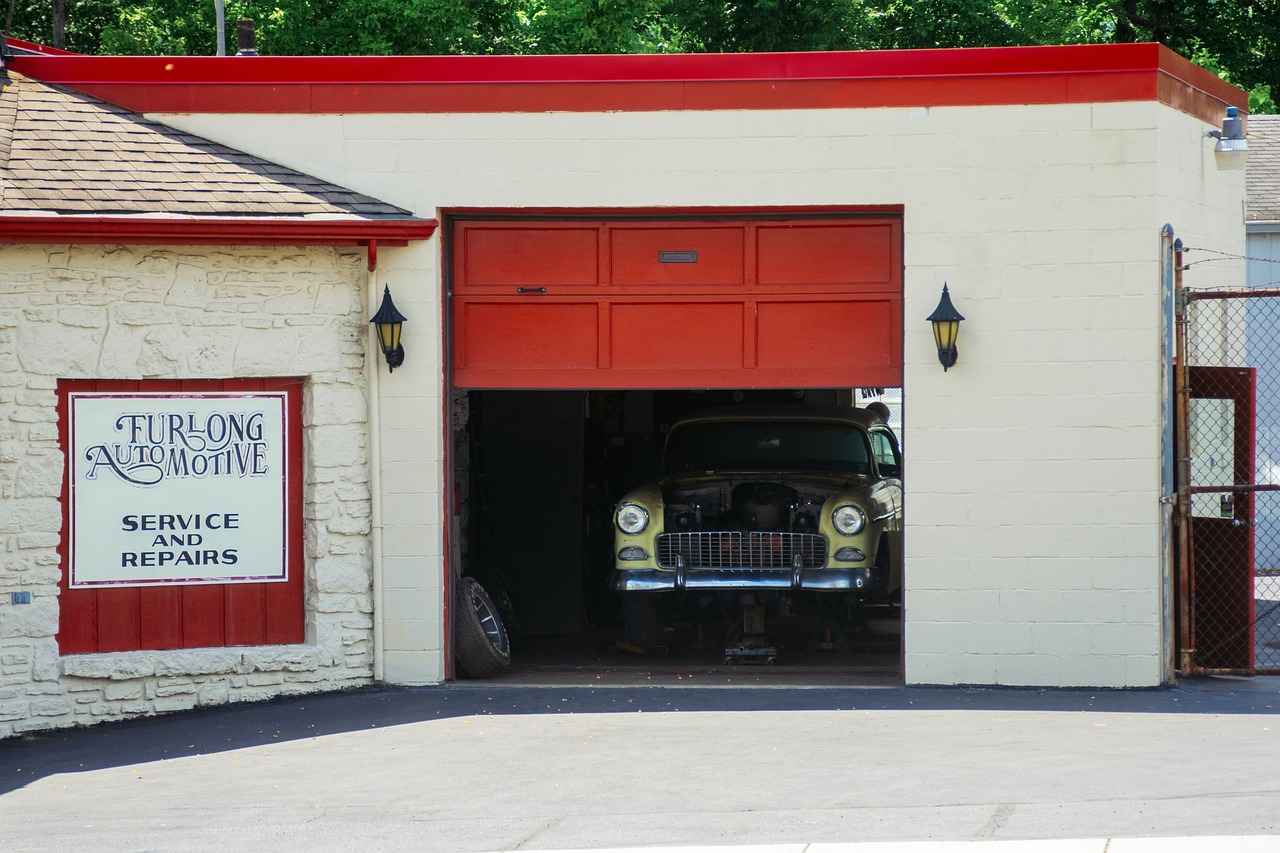
Can Weather Conditions Affect Wiper Lifespan?
When it comes to maintaining your vehicle, wiper blades often don’t receive the attention they deserve. However, they play a critical role in ensuring your visibility and safety while driving. One of the key factors that can affect the lifespan of windshield wipers is weather conditions. Understanding how different elements can impact your wipers is essential for maintaining their performance.
Yes, extreme weather conditions can significantly impact the lifespan of your windshield wipers. Exposure to intense sunlight, heavy rain, and freezing temperatures can all contribute to faster wear and tear.
Prolonged exposure to the sun can cause the rubber material of your wiper blades to dry out and crack. This degradation can lead to decreased effectiveness, resulting in streaking and skipping during use. To minimize this damage, consider parking your vehicle in shaded areas or using a windshield sunshade, especially during the hottest months.
Heavy rain can put a strain on your wiper blades, causing them to work harder than usual. This increased workload can lead to faster wear, especially if the blades are already worn. It’s crucial to regularly inspect your wipers for signs of wear, such as streaking or noisy operation, to ensure they are up to the task during heavy downpours.
Cold temperatures can pose a significant challenge for windshield wipers. When temperatures drop, wiper blades can freeze to the windshield, leading to potential damage when attempting to operate them. Furthermore, the rubber can become stiff and less flexible, reducing their effectiveness in clearing rain or snow. Using winter wiper blades designed for cold conditions can help improve performance and longevity.
- Regular Inspections: Check your wipers every few months for signs of wear.
- Cleaning: Clean the blades and windshield regularly to remove dirt and debris.
- Proper Usage: Avoid using wipers on dry windshields, as this can cause unnecessary wear.
- Storage: If possible, store your vehicle in a garage or shaded area to protect wipers from extreme weather.
Recognizing the signs that your wipers need replacement is crucial for maintaining safety. Look out for:
- Streaking: If your wipers leave streaks on the windshield, it’s time for a replacement.
- Skipping: If the wipers skip across the glass instead of moving smoothly, they are likely worn out.
- Noisy Operation: Unusual noises during operation can indicate that the blades are not functioning properly.
By understanding the impact of weather conditions on your windshield wipers, you can take proactive steps to ensure they remain effective. Regular maintenance and timely replacements are key to maintaining visibility and safety on the road, regardless of the weather.
How Does Sun Exposure Affect Wipers?
Windshield wipers are essential for maintaining clear visibility while driving, especially during inclement weather. However, many drivers overlook the impact of environmental factors, such as sunlight, on the condition of their wipers. Understanding how sun exposure affects windshield wipers can help you take proactive measures to ensure their longevity and effectiveness.
When windshield wipers are subjected to prolonged exposure to sunlight, the rubber material can begin to dry out and crack. This degradation occurs because the UV rays from the sun break down the rubber compounds, leading to a loss of flexibility and effectiveness. As a result, wipers may not make proper contact with the windshield, causing streaks and impairing visibility.
- Park in Shade: Whenever possible, park your vehicle in shaded areas to minimize direct sunlight exposure.
- Use a Windshield Sunshade: A sunshade can help block UV rays from reaching the windshield and wipers, reducing the risk of damage.
- Regular Maintenance: Clean your wiper blades regularly to remove dirt and debris that can exacerbate wear caused by sun exposure.
Yes, there are several signs that indicate your wiper blades may have suffered from sun damage:
- Cracks or Splits: Inspect the rubber for visible cracks or splits, which indicate that the material has become brittle.
- Streaking: If your wipers leave streaks on the windshield, it may be due to the rubber losing its shape and effectiveness.
- Noise: Unusual sounds, such as squeaking or chattering, can indicate that the wipers are not making proper contact with the glass.
For wipers that experience significant sun exposure, it is advisable to check them every 3 to 6 months. If you notice any of the signs mentioned above, it is crucial to replace them immediately to ensure your safety while driving. Regular replacement of wipers, ideally every 6 to 12 months, is recommended to maintain optimal performance.
If you live in an area with intense sunlight, consider switching to premium wiper blades designed to withstand harsh UV rays. These blades often feature enhanced rubber compounds that resist drying and cracking, providing better performance over time.
Absolutely. While sunlight is detrimental, other weather conditions such as heavy rain and extreme temperatures can further exacerbate the wear on windshield wipers. For example, wipers that dry out in the sun may also struggle to perform effectively in heavy rain, leading to a dangerous driving situation.
In conclusion, understanding the effects of sun exposure on your windshield wipers is crucial for maintaining safety on the road. By taking preventive measures and being vigilant about wiper maintenance, you can ensure that your visibility remains clear, regardless of weather conditions.
What About Cold Weather and Ice?
When winter arrives, cold weather poses significant challenges for drivers, especially regarding the functionality of windshield wipers. The low temperatures can lead to a common issue: wiper blades freezing to the windshield. This situation not only affects visibility but can also result in serious damage to the wipers and the vehicle itself.
Windshield wipers are designed to clear rain, snow, and ice from the glass. However, during extremely cold conditions, moisture can freeze, causing the blades to stick to the windshield. Attempting to operate frozen wipers can lead to:
- Wiper blade damage: The rubber can tear or become misshapen.
- Motor strain: The wiper motor may overheat due to excessive force required to move stuck blades.
- Windshield harm: Scraping the wipers can scratch or crack the glass.
Investing in winter wiper blades is an effective solution to combat the challenges posed by cold weather. These blades are specifically designed to withstand harsh winter conditions. Here’s how they can enhance performance:
- Flexible design: Winter blades often feature a more flexible frame that adapts better to the windshield’s contours, preventing ice buildup.
- Durable materials: Made from robust materials, winter wiper blades resist cracking and wear from freezing temperatures.
- Enhanced clearing: They typically come with a rubber compound that provides better contact with the glass, ensuring a clearer view.
Proper maintenance of windshield wipers during winter can prolong their life and ensure safety on the road. Here are some practical tips:
- Lift the wipers: When parked, lift the wipers away from the windshield to prevent them from freezing.
- Use de-icer: Applying a de-icing solution can help remove ice buildup quickly.
- Regular inspections: Check the wipers regularly for signs of wear or damage, especially before and during winter months.
If you find your wipers frozen to the windshield, it’s essential to handle the situation carefully:
1. Do not force the wipers to move.2. Gently try to release them by warming the windshield with a defroster or warm water (not hot).3. If necessary, use a plastic scraper to carefully detach the blades.
Cold weather can significantly impact the functionality of windshield wipers, leading to potential damage and safety hazards. By utilizing winter wiper blades and following proper maintenance practices, drivers can ensure optimal performance and safety during the winter months. Remember, investing in quality wipers is not just a matter of convenience; it’s a critical aspect of maintaining road safety.
Frequently Asked Questions
- How can I tell if my windshield wipers need replacing?
If you notice streaks on your windshield, hear unusual noises, or see them skipping across the glass, it’s time to replace them. These signs mean they’re not doing their job effectively, and your safety could be at risk.
- Can I extend the life of my wipers?
Absolutely! Regularly cleaning your wiper blades with a soft cloth and windshield cleaner can help remove debris and grime, which improves their performance and longevity. Think of it as giving your wipers a little spa treatment!
- Do weather conditions really affect wiper lifespan?
Yes, they do! Extreme temperatures, whether hot sun or freezing cold, can wear out your wipers faster. For instance, UV rays can dry out the rubber, while ice can cause them to freeze to the windshield. It’s wise to keep an eye on their condition based on the weather.
- How often should I check my wipers?
It’s a good idea to check your wipers every few months, especially before the rainy or winter seasons. This proactive approach can save you from unexpected surprises when you need clear visibility the most!
